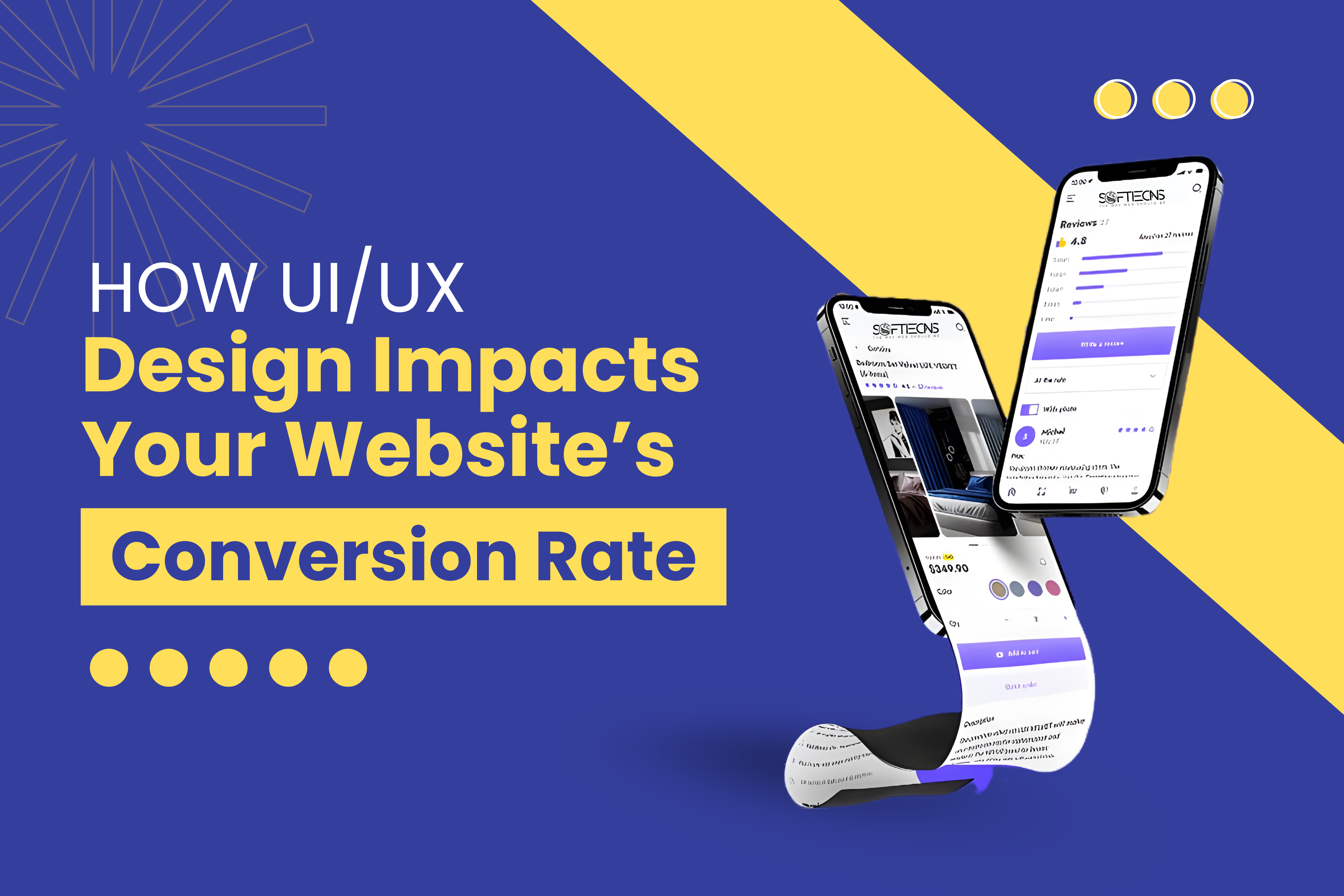Facts about web design
Thu, 09 Dec 2021
You must look beyond a website's exterior aesthetic
aspect if you actually want to grasp the web design process.
Few website users think about what happens behind
the scenes as different web browsers translate code to present the site on the
screen.
Extra milliseconds of loading time, browser
variances, the age of the code, and the content itself can all affect a user's
experience and subsequent website behavior. Let's take a look behind the scenes
of web design to learn about some of the most surprising and stunning features.
Every
web browser renders websites in a unique way.
When you visit a website on your home computer using
Google Chrome, it may be a completely different experience than when your buddy
visits the same website on her iPhone using Safari. Why do different browsers
render the same website differently? It all comes down to parsing and
rendering, or how browsers interpret code and display it on your screen. Some
browsers will load the code in a specific order, and others will refuse to
recognize some code. HTML5 Rocks offer a great overview of how each browser parses
code and renders it on the screen for further information.
The
design of your website determines where consumers will focus their attention.
The way we read and browse content has been
irrevocably altered by the Internet. Successful websites with a clear and
scannable structure have a 47 percent usability improvement, according to the
Nielson Norman Group's report, "How Users Read on the Web." If a
visitor can't swiftly scan your website and discover vital information, they'll
probably leave and go to another site.
A
website that is two years old may be outdated.
Web designers strive to keep up with the fast-paced
world of technology. Because the web browsers and devices that people use to
view websites are always changing, so must the way those websites be planned
and developed. Digital professionals must keep up with the latest coding
standards to be current and relevant. An old website may fail to display
properly in a web browser, have unanticipated formatting difficulties, or fail
to rank well in search engine results. As a result, even if a site is only two
years old, it may be outdated if it has not kept up with these developments.
You'll
be limited in what you can do with your website if you use templates.
Many people use website themes as a “quick fix.”
Pre-packaged templates make it possible for anyone with little or no coding
experience to establish a website. Unfortunately, depending too much on
templates, which often feature bloated code and extraneous design elements, can
cause businesses to lose confidence. Trying to push a template to accomplish
anything new can result in a patched-together website that looks like a
Frankenstein's monster, and that's assuming the template will even allow for
those changes.
The
code of your website aids in its appeal to search engines.
It doesn't matter if you have the most visually
appealing website in the world if you don't have someone to look and use it.
Web professionals ensure that the way your site is built will help people find
it when they search for specific keywords on Google or another search engine.
From the title of the web page in the search results to the brief description
of your site that shows below the title, the way your website is designed has
an impact on how your search engine listings seem.
POPULAR POSTS
Shopify vs. WordPress: Which one is best for e-commerce?
Wed, 07 Apr 2021Role of IoT in the Real Estate Industry
Wed, 14 Apr 2021Why UX And UI Is Important For Mobile Application Development
Sat, 01 May 2021Telemedicine's Advantages in Nursing Homes
Fri, 24 Dec 2021RECENT POSTS
Why Your Business Needs a High-Performance Website Today
Wed, 01 Jan 2025How Good Product Design Drives Business Success
Tue, 03 Dec 2024









